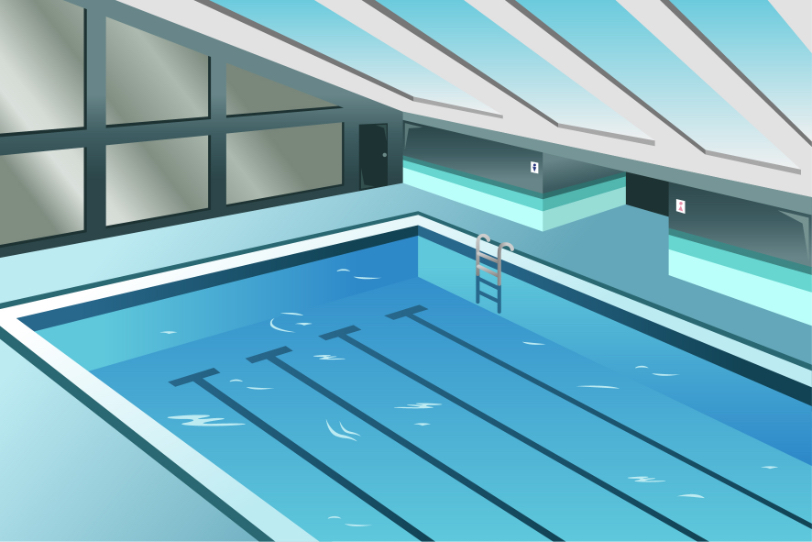Top Tips
Tutorials
Field Notes
I was working on a trial site with a colleague. One of our tasks was to make graphics to help an expert witness explain testimony he was scheduled to give the following afternoon. The expert, a university professor, dropped by our office after breakfast and asked if we could draw him a swimming pool. My associate, a talented illustrator, was happy to take on the assignment.
Around lunchtime, the professor stopped in to see how things were progressing. My coworker showed him the drawing of the pool, which had taken all morning to create.
He liked it, but said it wasn’t exactly what he wanted, and asked if we could show someone diving into the pool. The afternoon hours were devoted to adjusting the drawing to include a diver.
When the expert still wasn’t satisfied, we did what we should have done as the very first step. We asked him what he was trying to explain.
He told us that in order to comprehend the science involved in the case, jurors would need to learn how water displacement can be used to calculate the volume of irregularly-shaped objects—like a diver for instance. He wanted a drawing to help him illustrate this concept.
Ah. Now that was something we could do. In fact, we had done it before.
We pulled up an image used in a previous case, and with some minor adjustments, we were able to make a demonstrative that perfectly met the expert’s needs.

The moral of this story?
Start every project by telling your graphics team what your case is about. Tell them exactly what you are trying to explain to the judge, jurors, or arbitrators. The demonstratives they create are going to be better, the more they know about, and understand, your case. And like in our example, they may have already tackled similar challenges.
Give them an overview of your case facts and provide them with relevant documents like complaints, answers, and expert reports. If the professionals you’ve hired aren’t interested in learning about your lawsuit, replace them with others who are.
Once your demonstrative evidence providers fully understand the issues, strengths, and weaknesses of your particular matter, the process of creating successful trial graphics will go swimmingly.



